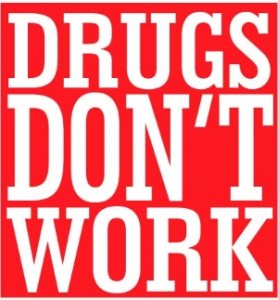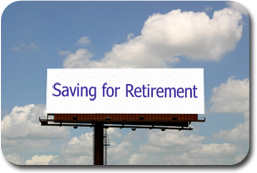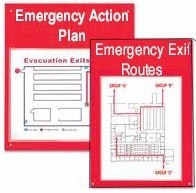 Drug use, abuse, or addiction among employees and their family members can cause expensive problems for business and industry, ranging from lost productivity, absenteeism, injuries, fatalities, theft and low employee morale, to an increase in health care, legal liabilities and workers’ compensation costs.
Drug use, abuse, or addiction among employees and their family members can cause expensive problems for business and industry, ranging from lost productivity, absenteeism, injuries, fatalities, theft and low employee morale, to an increase in health care, legal liabilities and workers’ compensation costs.
In addition, drug abuse can cause problems at work including:
- After-effects of substance use (withdrawal) affecting job performance.
- Preoccupation with obtaining and using substances while at work, interfering with attention and concentration.
- Illegal activities at work including selling illegal drugs to other employees.
- Psychological or stress-related effects due to drug use by a family member, friend or co-worker that affects another person’s job performance.
Estimated Costs: Drug abuse costs employers $81 billion annually.
via Workplace.
 Happy New Year! These New Year’s resolutions are popular every year. Here’s information that can help you achieve your goals in 2015.
Happy New Year! These New Year’s resolutions are popular every year. Here’s information that can help you achieve your goals in 2015.








